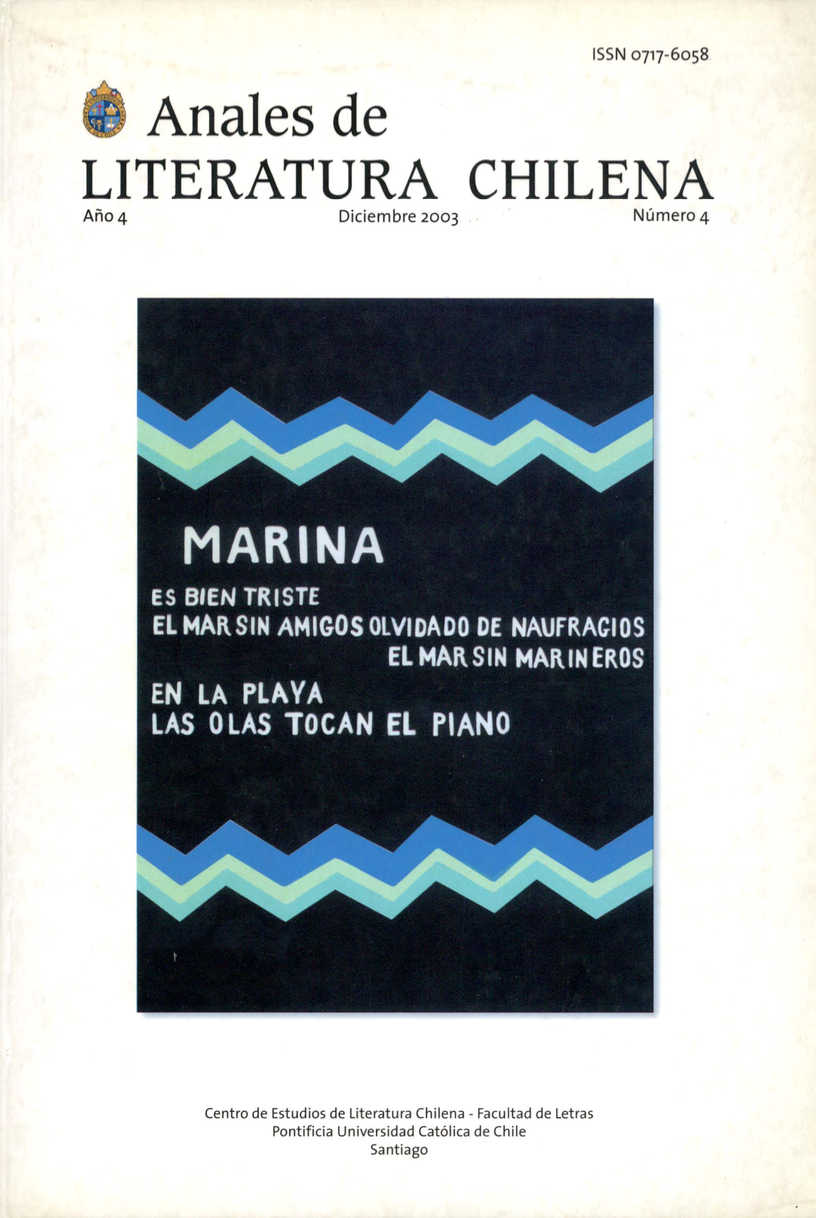The visual poetics of Tour Eiffel
Abstract
Tour Eiffel, plaquette, published in Madrid in 1918, proves to be an original poem when compared to what Huidobro had produced prior to that year. The poem, together with the two illustrations by the French artist Robert Delaunay —included in this first and only edition—, constitute a celebration of the tower both as symbol of modernity and as a supreme example of human creativity. As an object that belongs to the daily inventory of reality, the Eiffel Tower suits to perfection the theoretical postulates of Cubism (i.e. "Simultanisme" for Delaunay and "Creacionismo" for Huidobro) formulated during the first decades of the 20th century. Roland Barthes' seminal study on the Eiffel Tower (1964) is a starting point for my intertextual analysis of this poem in which the visual process coexists with writing/reading. 'The visual aspect is crucial to the construction of meaning in Tour Eiffel.
Downloads
Downloads
Published
How to Cite
Issue
Section
License

This work is licensed under a Creative Commons Attribution-NoDerivatives 4.0 International License.


